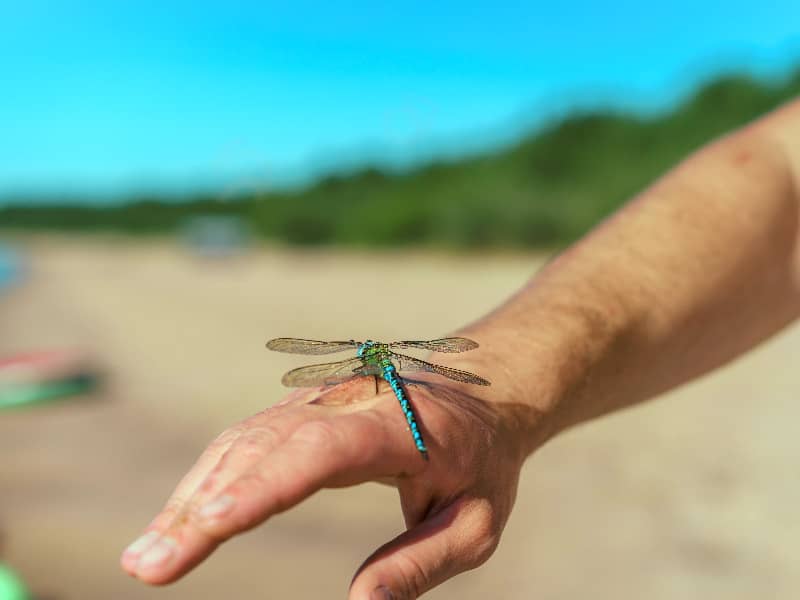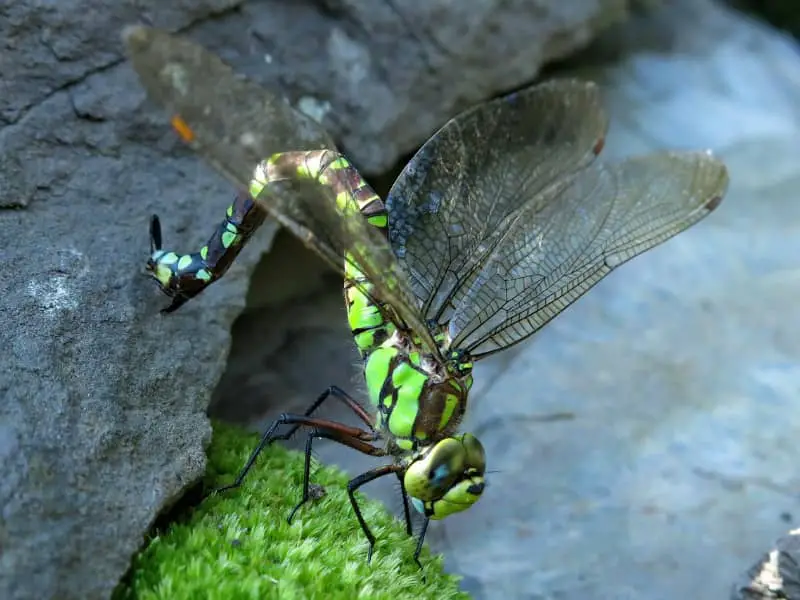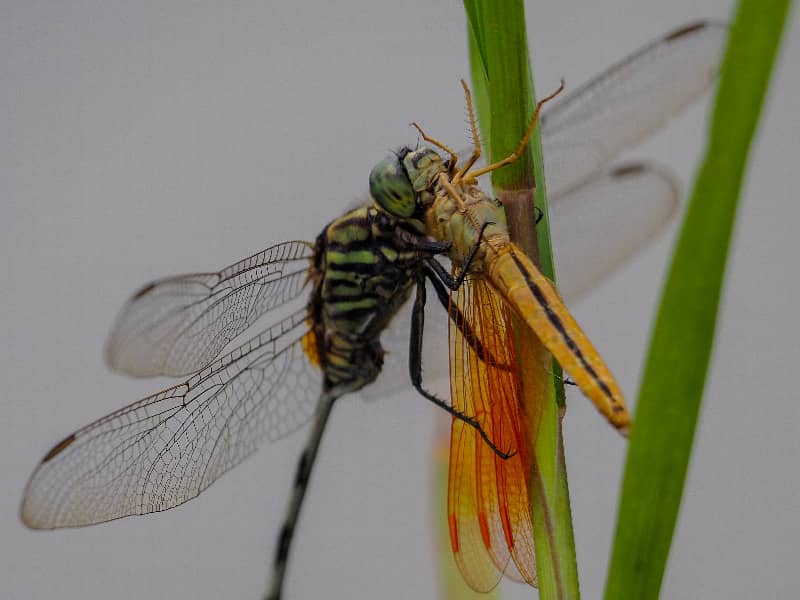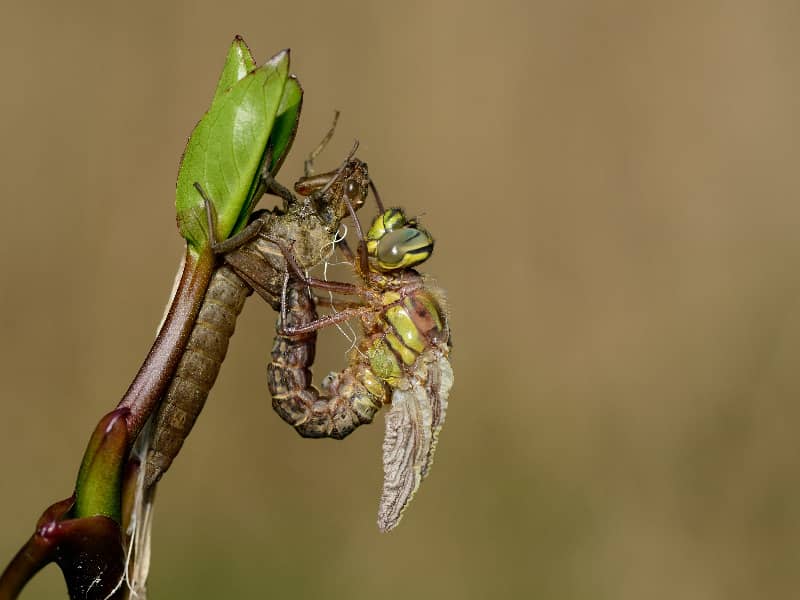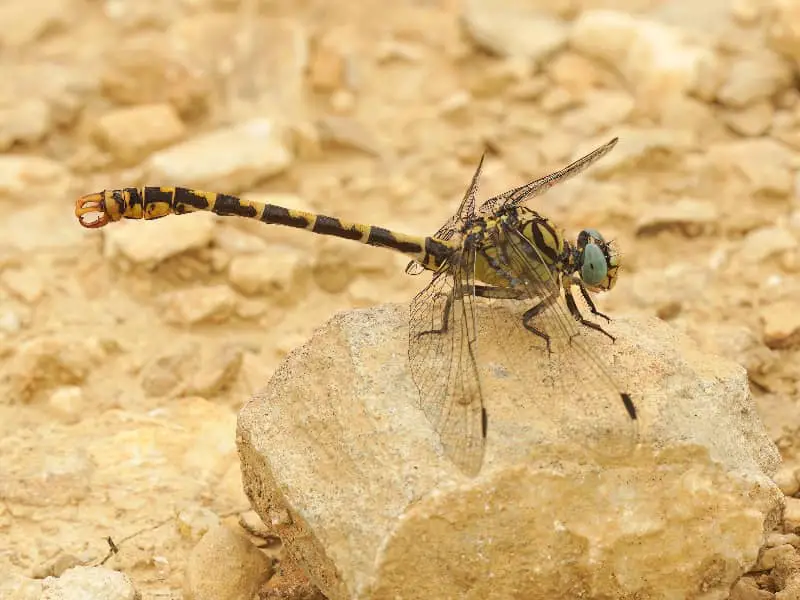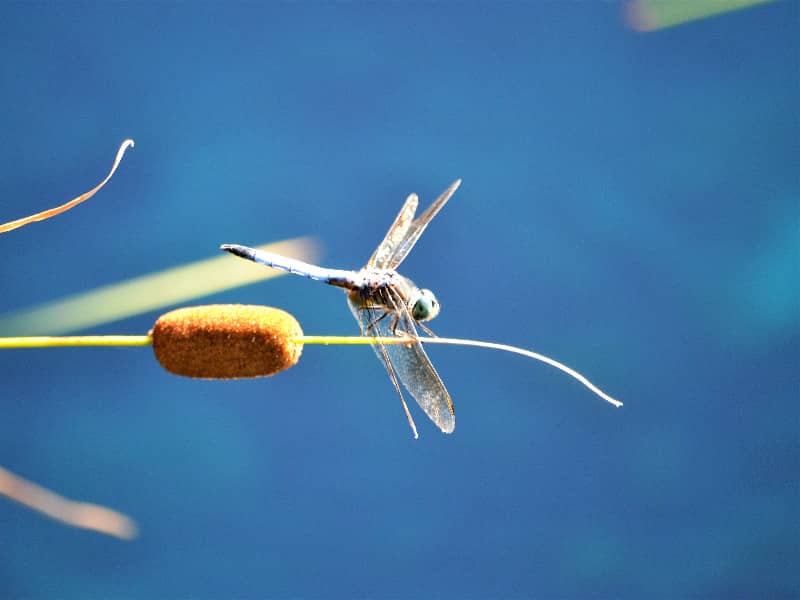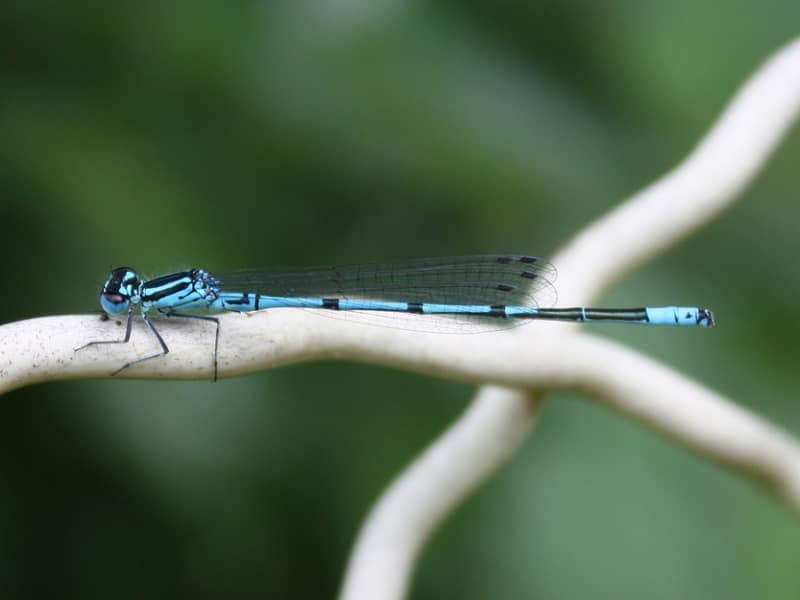
Horseshoe damselfly
The Horseshoe Blue Damselfly, also known as the Coenagrionidae Blue Damselfly, is a fascinating and rare species in the world of insects. With its striking appearance and unique features, it is truly a gem. In this article, we will unravel the mysteries of this beautiful creature and gain insight into its life, habitat and importance to the ecosystem.
- Horseshoe damselfly
- The unique features of the horseshoe damselfly
- Habitat and distribution
- Life cycle and behavior of the Horseshoe damselfly
- Threats and conservation measures for the horseshoe damselfly
- Interesting facts about the Horseshoe damselfly
- How to recognize and identify the horseshoe damselfly
- The importance of the horseshoe damselfly for the ecosystem
- Conclusion
- FAQ
The unique features of the horseshoe damselfly
Horseshoe damselfly is distinguished by its striking features. Its body is slender and elegant, with a length of about 4-5 centimeters. The wings of the Horseshoe Azure Damselfly are transparent and the body shimmers in a beautiful azure blue. This unique shade has earned her the name "Azure damselfly".
Another remarkable feature of this dragonfly species are its eyes, which have a metallic green color. These luminous eyes give it a mysterious and fascinating charm. In addition to these features, the Horseshoe Azure Dragonfly is known for its distinctive horseshoe spots on its back, which give it the name "Horseshoe Azure Dragonfly".
Habitat and distribution
The Horseshoe damselfly is native to Europe and occurs in a variety of habitats. It prefers stagnant waters such as lakes, ponds and slow-flowing rivers. These waters provide ideal conditions for the oviposition and development of the horseshoe damselfly larvae.
In terms of distribution, the Horseshoe damselfly can be found in several countries in Europe. However, its population is declining due to habitat loss and environmental changes. To ensure the continued existence of this fascinating species, it is important to take measures to protect its habitat.
Life cycle and behavior of the Horseshoe damselfly
The life cycle of the Horseshoe damselfly consists of different stages. It begins with the laying of eggs by females on water plants. The eggs develop into larvae that live in the water and feed on small insects and other organisms. These larvae go through several molts before finally developing into adult horseshoe damselflies.
The adult horseshoe damselflies are nimble and agile insects. They are able to fly short distances and move quickly. Their behavior includes male courtship behavior, where they show off their attractive colors and flight patterns to attract females.
Reproduction of the Horseshoe damselfly occurs in water, where males swarm around females and pass their spermatophores. After mating, the females lay their eggs on aquatic plants to continue the cycle.
Threats and conservation measures for the horseshoe damselfly
The Horseshoe damselfly faces several threats that endanger its population. Habitat loss due to wetland destruction and water pollution are some of the main problems. Climate changes may also have an impact on the population of the Horseshoe damselfly.
Conservation measures are needed to ensure the continued existence of the Horseshoe damselfly. This includes preserving and restoring wetlands, protecting water bodies from pollution, and raising public awareness of the importance of protecting this fascinating species.
Interesting facts about the Horseshoe damselfly
- The Horseshoe damselfly can live in the water as a larva for up to 2 years before developing into an adult damselfly.
- During mating, the male forms a "heart" shape to attract the female.
- Horseshoe damselfly is one of the smallest species of azure damselflies, but it attracts many admirers with its beauty and elegance.
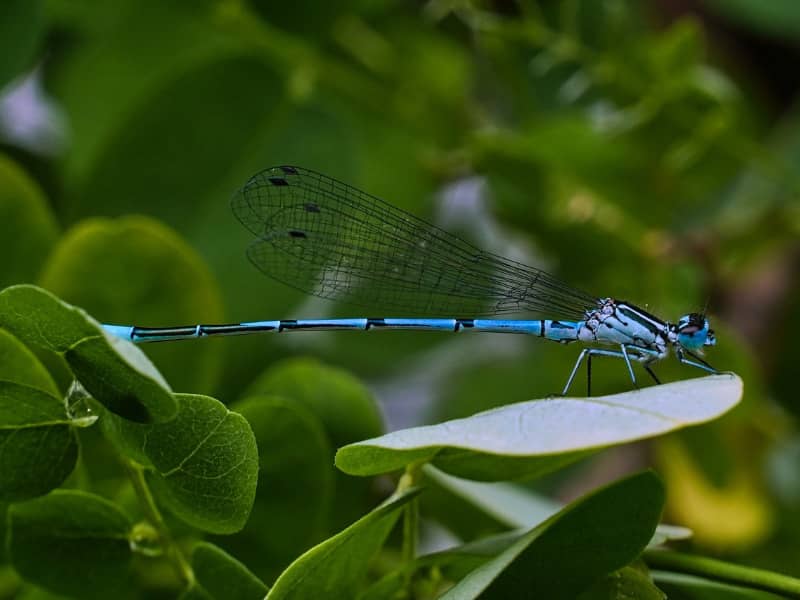
How to recognize and identify the horseshoe damselfly
The horseshoe damselfly can be easily identified by its unique features. Its slender body, azure wings and horseshoe spots on its back are characteristic of this species. The metallic green eyes are another distinguishing feature that sets the Horseshoe Blue Damselfly apart from other species.
To identify the Horseshoe damselfly, you can also pay attention to its habitat. It prefers stagnant waters such as lakes and ponds. Paying attention to these features and habitat, it is possible to distinguish this dragonfly from other species.
The importance of the horseshoe damselfly for the ecosystem
The Horseshoe damselfly plays an important role in the ecosystem. As predators, they feed on other insects, helping to regulate insect populations. They are also an important food source for other animals such as birds and fish.
In addition, horseshoe damselflies are also indicators of the health of water bodies. Their presence or absence can indicate water quality and ecological balance. Therefore, it is of great importance to promote the protection and conservation of this species.
Conclusion
The horseshoe damselfly is undoubtedly a rare gem in the insect world. With its striking appearance and unique features, it has won the admiration of nature lovers around the world. It is crucial to take steps to protect their habitat and educate the public about their importance to the ecosystem. Through these efforts, we can ensure that the Horseshoe damselfly is preserved for future generations.
FAQ
Question: Where can you find the Horseshoe damselfly?
Response: It is found in various countries in Europe, especially in stagnant waters such as lakes and ponds.
Question: Why are horseshoe damselflies threatened?
Response: The Horseshoe damselfly is threatened by habitat loss and environmental changes that endanger its population.
Question: How to identify the horseshoe damselfly?
Response: The horseshoe damselfly can be identified by its slender body, azure wings, horseshoe spots on its back, and metallic green eyes.
Author
Last posts
- 15. March 2024ChickensRobuster Kunststoffzaun für Hühner – Tipps
- 13 October 2023DragonfliesBlue feather damselfly
- 12 October 2023DragonfliesYellow dragonfly - What are the species?
- 12 October 2023DragonfliesEarly Adonis Damselfly

